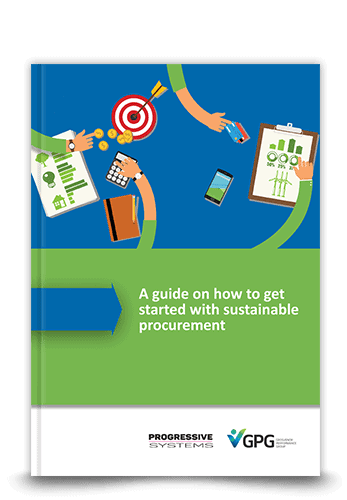Modern Slavery Act – What have others implemented and what should I be doing now?

Our research
Grosvenor benchmarked 31 organisations across Australia and internationally to understand what controls were in place to address the risk of modern slavery within their supply chains. Through our research in June 2018, we discovered what was considered best practice and what organisations across the country can be doing now to address modern slavery risks within their supply chains.
Background
Last month, a modern slavery act was passed by the NSW parliament while a modern slavery bill was introduced to the Commonwealth parliament. These laws require businesses with revenues over the threshold ($50M for NSW, $100M for Commonwealth) to produce an annual modern slavery statement outlining actions they are taking to manage modern slavery risks in their supply chain.
Like the act in the UK, the aims of these reporting requirements are to increase the transparency of what businesses are doing about modern slavery in their supply chains. The idea is that if businesses are required to publish these statements, public scrutiny will encourage them to do more about the issue.
Maturity levels identified across Australian organisations
We have identified four broad maturity levels:
- Aware of obligations but implementation not commenced (45% of organisations)
- Quick wins: Revised policy and procedural framework, publish modern slavery statements, commenced assessing supply chain and risk of tier 1 suppliers (19%)
- Completed initial assessment, started corrective action and measure performance (16%)
- Has proven visible results from implementing leading practice (high risk industries, implementation driven by senior management) (19%).
We found that most public-sector organisations across Victoria and NSW have not commenced implementation, pending further guidance from the government and state procurement boards.
Private sector organisations ranged across the maturity levels of (1) to (4) mentioned above. The organisations more active in eliminating modern slavery from their supply chains were driven to do so because of a combination of factors:
- They have been required to comply with the UK act
- They operate in an industry where public scrutiny of the issue is already high e.g. textiles, retail
- Alignment to senior leadership and company values including expectations from customers and investors e.g. Fortescue Metal Group where the Chairman, Andrew Forrest, also established the Walk Free Foundation to fight modern slavery
What you can do now:
#1 Understand your organisation’s appetite and aspirations
As the laws do not mandate specific actions to be taken, other than the actual reporting, there is a broad range in the effort and resources you can put into it. You can do as little as just adding compliance requirements in your tender documents to directly surveying workers of your contractor or subcontractor to identify issues that were previous hidden.
Furthermore, if you are in the public sector, the current laws do not require other government entities without a commercial nature (other than the Commonwealth government) to produce a modern slavery statement. This was also the case in the UK, but some public entities have chosen to go beyond compliance requirements to produce the statement anyway as it aligned to organisational values.
The level of effort and resources towards addressing modern slavery risks must be driven from top down and make sense for your organisation’s values – to do this early stakeholder engagement and commitment development is key.
#2 Understand the risk profile of your supply chain
Before rushing headlong into applying due diligence and audit processes across all contractors, an understanding of where the key risks in your supply chain lie will provide better focus on which areas to target so your time and effort can be used more efficiently.
#3 Start talking to others
As with any complex societal issue, collaboration with others is key. Some forms of collaboration include:
- Sharing knowledge and best practices
- Sharing cost and resources e.g. cost of due diligence tools, audit/due diligence data of common suppliers, training for both staff and suppliers
- Leveraging spending power to influence suppliers into action
#4 Leverage what’s out there
Finally, there are plenty of toolkits out there which can help you get started. Some useful free resources include:
Risk assessment resources
- US forced labour indicators: https://www.dol.gov/agencies/ilab/reports/child-labor/list-of-goods
- Global Slavery Index: https://www.globalslaveryindex.org/
Practical toolkits and guidance
- Tacking Modern Slavery in Supply Chains: A Guide 1.0 (2014): https://www.walkfreefoundation.org/news/resource/tackling-modern-slavery-in-supply-chains-a-guide-1-0/
- Tackling Modern Slavery in the Construction Sector Toolkit (2017): https://www.stronger2gether.org/product/construction-toolkit-a-toolkit-for-employers-and-labour-providers-in-the-construction-sector/
- Model Guidelines on Government Measures to Prevent Trafficking for Labour Exploitation in Supply Chains (2018): https://www.osce.org/secretariat/371771
Understanding current practices
- Modern Slavery Registry (UK): https://www.modernslaveryregistry.org/
- Compendium of relevant reference materials and resources on ethical sourcing and prevention of trafficking in human beings for labour exploitation in supply chains (2018): https://www.osce.org/secretariat/375910








